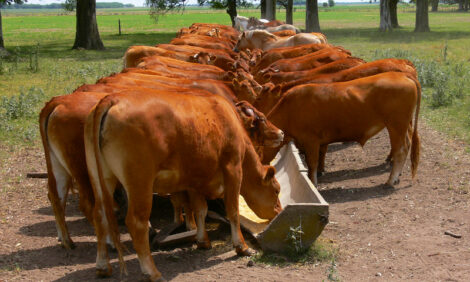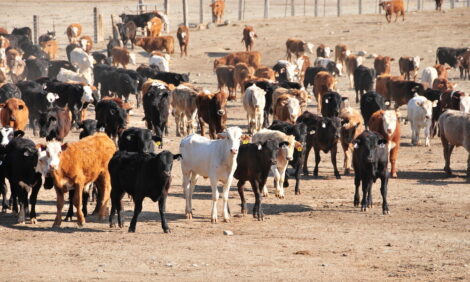



New Livestock Traceability Rules Bolster Biosecurity
AUSTRALIA - The expansion of property identification codes (PICs) to cover additional livestock species will strengthen biosecurity and improve the state’s capacity to respond to animal disease and food safety incidents, the Department of Primary Industries (DPI) says.“From 1 September this year anyone who keeps livestock including sheep, cattle, goats, pigs, deer, bison, buffalo, camels, horses, donkeys, llama, alpaca or 100 or more poultry birds will be required to obtain a PIC regardless of whether they are trading or moving animals,” the DPI’s executive director, Bruce Christie.
“In New South Wales it is already a requirement for owners of cattle, sheep, goats and pigs to have a PIC when trading or moving livestock.
“It is estimated that up to 33,000 new PICs will be required over the next three years.
“By establishing clear traceability back to specific properties we are well placed to quickly and effectively respond to animal disease outbreaks or other food safety issues.
“The expansion of PICs to cover the additional livestock species completes the picture in our livestock tracing system and follows requests from the horse industry to expand the scheme to properties carrying horses.
“In the event of an exotic animal disease outbreak, DPI and Livestock Health and Pest Authorities can draw on PICs to identify the location of a property and its associated livestock, as well as contact details for the owner or occupier.”
Mr Christie says the new measure is a critical component of the NSW biosecurity strategy and helps to shore up our ongoing access to international markets.
“Australia is recognised globally for producing clean and safe quality meat products,” he says.
“To maintain this enviable reputation it is important that we continue to enhance our biosecurity measures and ensure we are on the front foot when it comes to disease outbreaks.”
TheCattleSite News Desk


